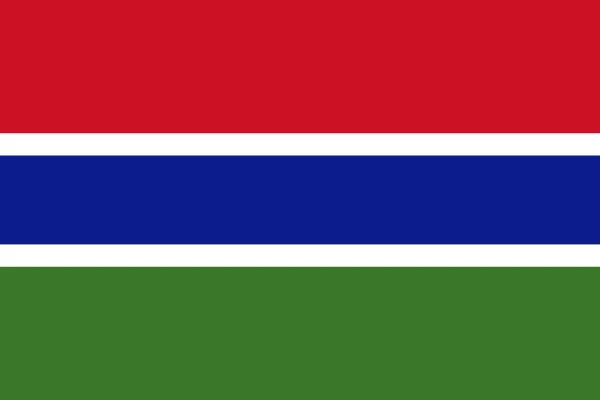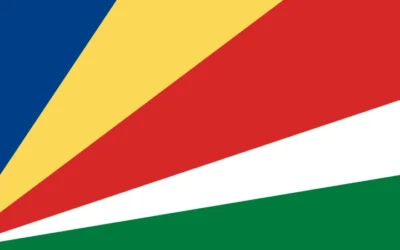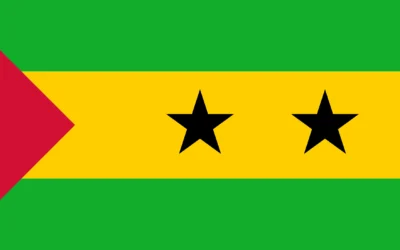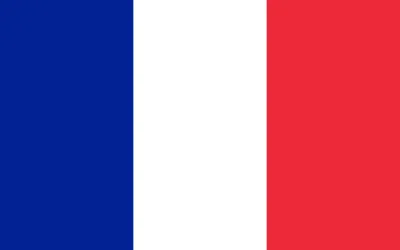Gambia Travel Guide
Discover Why You Should Visit The Gambia
Why Visit The Gambia?
The Gambia, known as ‘The Smiling Coast of Africa,’ is the smallest country on mainland Africa, yet rich in charm, hospitality, and cultural diversity. Its peaceful beaches, vibrant communities, and unique river-based ecosystems make it a perfect introduction to West Africa.
Stretching along the Gambia River, the country offers visitors an immersive experience in traditional village life, birdwatching paradise, and a relaxed beach culture on the Atlantic coast.
Ideal for: Cultural travelers, birdwatchers, beach lovers, and first-time Africa visitors seeking a warm, laid-back environment.
Must-Know Facts
Capital/Major City: Banjul
Language(s): English (official), Mandinka, Wolof, Fula, and other local languages
Currency: Gambian Dalasi (GMD)
Best Time to Visit: November to May (dry season with pleasant weather)
Fun Fact: The Gambia River runs the full length of the country and is central to its economy, ecology, and culture
Top Things to Do
Relax on the beaches of Kololi, Kotu, and Cape Point
Explore the Abuko Nature Reserve and Bijilo Forest Park
Take a boat trip along the Gambia River to spot hippos, crocodiles, and hundreds of bird species
Visit the Kunta Kinteh Island (formerly James Island), a UNESCO World Heritage Site linked to the transatlantic slave trade
Experience local music, markets, and storytelling in Serrekunda and surrounding villages
Local Culture & Lifestyle
Gambians are known for their hospitality and vibrant social culture, with traditions rooted in storytelling, music, and dance.
Islam is the predominant religion, and religious practices blend with local customs across ethnic groups like the Mandinka, Wolof, Jola, and Fula.
Life along the Gambia River shapes both urban and rural communities, with fishing, farming, and trade playing key roles.
Food & Drink Highlights
Street Food: Domoda (groundnut stew), benechin (one-pot rice dish), afra (grilled meat), tapalapa bread
Restaurants: Beachside eateries offering fresh fish, Gambian stews, and international cuisine
Drinks: Wonjo (hibiscus juice), baobab juice, palm wine, green tea
Desserts: Banana fritters, coconut cookies, steamed millet pudding
Main Dish & Culinary Symbols
Signature Dish: Domoda (peanut butter stew with meat or fish, served over rice)
Common Ingredients: Peanuts, rice, cassava, okra, fish, chili, lime
Culinary Culture: Meals are often shared, served from a communal bowl, and accompanied by tea or juice
Symbols & Icons of the Area
Natural Icons: Gambia River, mangrove swamps, Atlantic beaches, bird sanctuaries
Cultural Icons: Kora (traditional instrument), colorful wax print clothing, wrestling matches, drumming circles
Hidden Gems & Off-the-Beaten-Path
Tanji Fishing Village for a lively look at local life and fish markets
Makasutu Cultural Forest for eco-tourism and wildlife spotting
River-based lodges and camps offering peaceful stays and nature excursions
Shopping & Souvenirs
What to Buy: Batik fabrics, wood carvings, woven baskets, handmade jewelry
Where to Shop: Albert Market in Banjul, craft markets in Kololi and Brikama
Getting Around
Public Transport: Shared taxis and minibuses are common and affordable
Car Rentals: Available for tourists, often with drivers for convenience
Tip: Local transport is informal but provides a cultural experience
Walkability: High in beach towns and local markets
Travel Tips
Respect local customs, especially during Ramadan and religious events
English is widely spoken, but learning a few local greetings is appreciated
Malaria prophylaxis and basic health precautions are recommended
Beach areas are generally safe but remain aware of tourist-targeted touts
Where to Stay
Budget: Guesthouses and eco-lodges near the river and in beach towns
Mid-range: Resorts in Kololi and Cape Point offering comfortable amenities
Luxury: Boutique hotels, beach resorts, and river lodges with premium service
Unique: Cultural homestays, nature lodges, and camp-style river retreats
Sample 4-Day Itinerary
Day 1: Arrive in Banjul, visit Albert Market and the National Museum
Day 2: Relax on Kololi Beach, explore nearby wildlife parks
Day 3: Day trip to Kunta Kinteh Island and villages along the river
Day 4: Explore Tanji Village or Makasutu Forest before departure






0 Comments